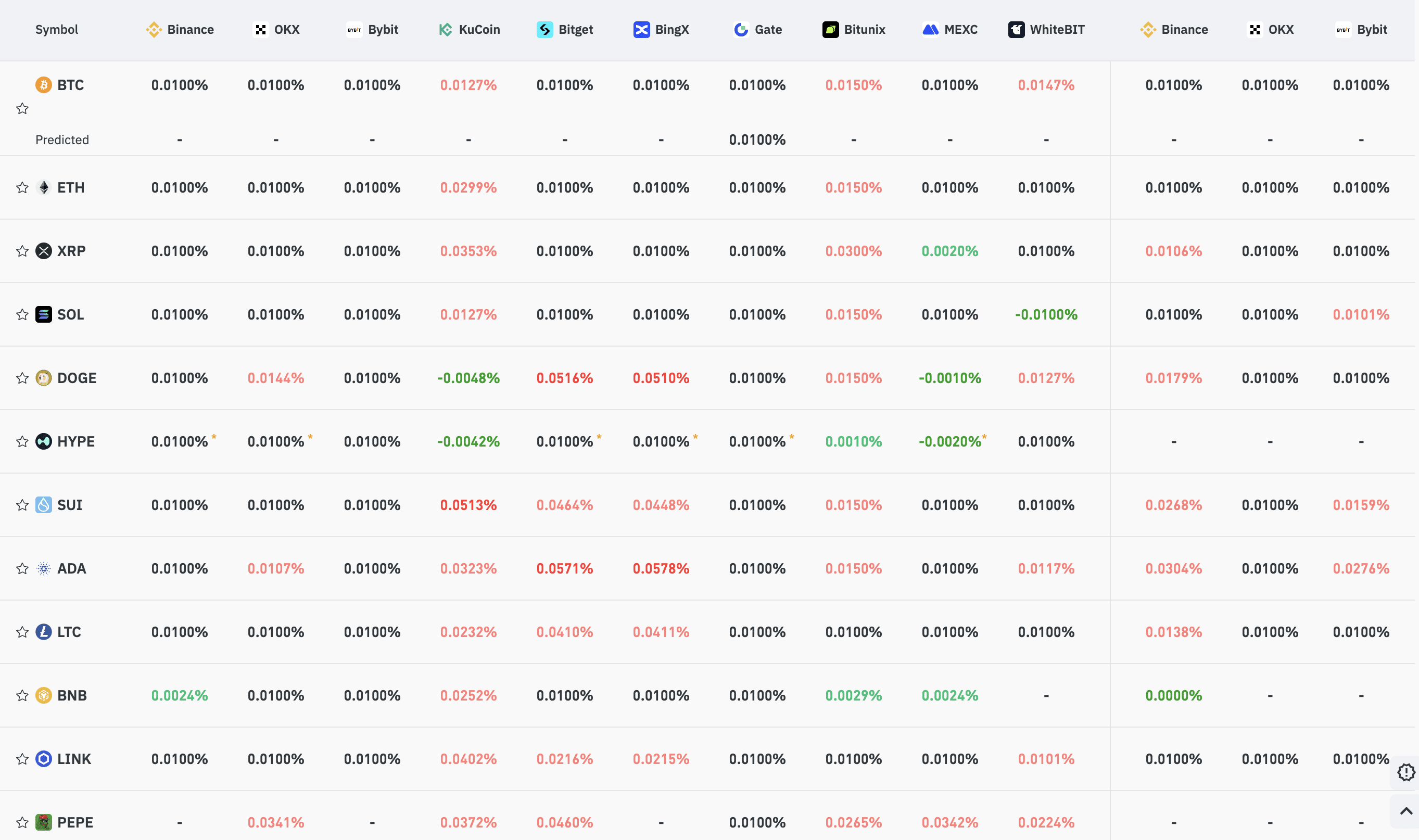Selected News
1. Ethereum launches The Torch NFT to commemorate its 10th anniversary, which will be open to everyone for minting on July 30.
2. Jack Dorsey's Block will be included in the S&P 500 index on July 23.
3. USDe's issuance surpasses 6 billion coins, reaching a historical high.
4. Trump releases a video with the caption 'The Greatest Bitcoin Explanation Ever.'
5. Ethereum's market cap surpasses that of Vanguard Group, rising to 28th in global asset market cap rankings.
Articles & Threads
1. (What potential 'pits' exist in the explosive rise of crypto reserve companies?)
More and more listed companies are starting to 'reserve cryptocurrencies.' They are no longer just buying BTC or ETH but are following MicroStrategy to build a complete replicable financial model: through traditional financial tools like PIPE, SPAC, ATM, and Convertible Bonds, large-scale financing, building positions, and creating momentum, combined with the new narrative of 'on-chain treasury,' integrating cryptocurrencies like Bitcoin, Ethereum, and SOL into the company's core asset-liability balance sheet. This is not only a change in asset allocation strategy but also a new type of 'financial engineering': a market experiment driven by capital, narrative, and regulatory gaps. Institutions like UTXO Management, Sora Ventures, Consensys, Galaxy, and Pantera have successively entered the market, pushing several marginal listed companies to 'transform' into 'crypto reserve stocks' in the U.S. or Hong Kong markets. However, this seemingly innovative capital feast is also raising alarms among traditional financiers. On July 18, Wall Street’s famous short-seller Jim Chanos warned that today’s 'Bitcoin treasury craze' is replaying the 2021 SPAC bubble—companies are buying coins by issuing convertible bonds and preferred stocks without actual business support. 'Every day there are hundreds of announcements, just like the madness back then,' he said. This article outlines four key tools and representative cases behind this trend, attempting to answer the question: When traditional financial tools meet crypto assets, how does a company evolve from 'buying coins' to 'manipulating the game'? And how can retail investors identify risk signals in this capital game?
2. (After a 400% surge in a week, who is the real SOL version of MicroStrategy?)
With the catalysis of projects like Robinhood, xStocks, and Republic, a large number of companies' on-chain 'stocks' have emerged in the Solana ecosystem, and an unprecedented 'coin-stock linkage' experiment is underway. Upexi, after continuously increasing its SOL holdings over the past few months, has surpassed 730,000 coins, becoming the Nasdaq-listed company with the most SOL. It recently announced that it will tokenize its SEC-registered stocks on Solana through the Opening Bell platform under Superstate. Another 'SOL Microstrategy Company,' SOL Strategies, plans to launch 'tokenized stocks' on the same platform. They are all trying to build a three-tier circular structure, financing the purchase of SOL assets through traditional equity (or debt) financing, unlocking liquidity through on-chain tokenization, and ultimately leveraging DeFi protocols to achieve capital cycle amplification. The success or failure of this model will directly impact the integration process of traditional finance and on-chain finance.
Market Data
Daily overall market funding heat (reflected by funding rates) and token unlock.
Data source: Coinglass, TokenUnlocks
Funding Rate

Token Unlock
No token unlock today.



